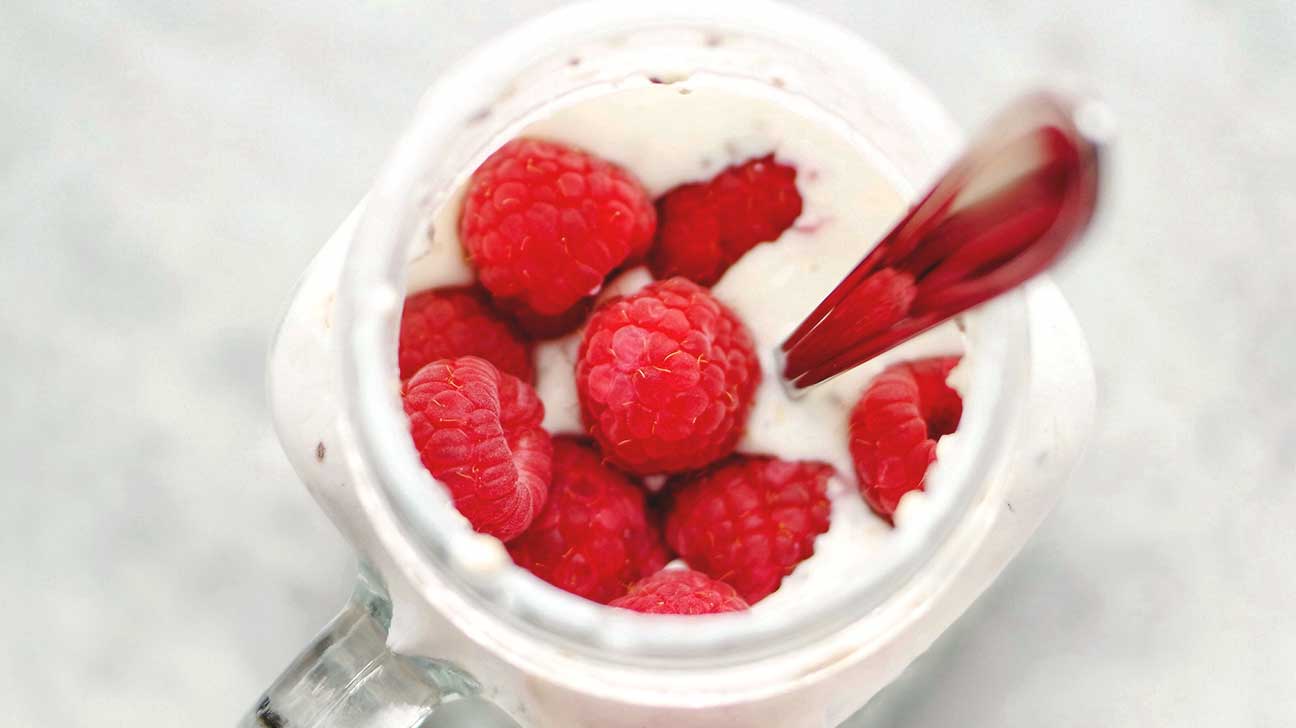Does the 80/20 Diet Actually Help You Lose Weight?
This latest diet plan allows dieters to still enjoy some of their favorite, less healthy foods in moderation.
The freshman 15.
Beer gut.
Middle-age spread.
Hibernation handles.
The monikers for dreaded weight gain are endless, but no matter what you call it, most of us have jumped on the diet merry-go-round at one time in our lives in an attempt to lose weight.
Dieting is tricky business.
Anyone who’s ever tried to shed pounds knows how difficult it is to give up favorite foods and stick to a diet.
The word “diet” alone makes us feel deprived, which puts us on the slippery slope toward splurging on high calorie, high fat foods.
So you’ll probably like the sounds of this: The 80/20 Diet is a new eating plan that gives you permission to indulge in your favorite foods as long as you eat really healthy the rest of the time.
What is the 80/20 diet?
In “The 80/20 Diet,” Australian nutritionist, chef, and personal trainer Teresa Cutter writes that you can lose weight if you eat nutritiously 80 percent of the time and allow yourself to indulge in less healthy food for the remaining 20 percent of your meals. By nutritious, Cutter means whole, unprocessed or minimally processed foods, lots of fruits, vegetables, lean protein, and whole grains, plus lots of water. Her book contains over 130 recipes to help you eat healthy and lose weight.
Keep in mind, however, that Cutter’s definition of less healthy foods might not square with yours.
You were probably imaging toeing the line with stellar, good-for-you meals Monday through Friday and indulging on pizza and beer over the weekend. Not so fast. This diet does not give permission to binge eat.
Breakfast, lunch, and dinner for a week equals 21 meals, so 80 percent would be 17 healthy meals.
That leaves four indulgent opportunities, but Cutter admits that if you gorge on pizza, fries, and cheeseburgers for those four meals, you’ve just undone all the good work of the 80 percent.
You can have that cheeseburger, she said, just don’t get a Whopper and double fries.
Does it work?
“I think an 80/20 plan is a great approach,” licensed, registered dietitian Kristin Kirkpatrick told Healthline.
“I’ve seen with my own patients that willpower [alone] does not work, it just makes people want the foods they are giving up even more,” she says. “Therefore, allowing yourself a few indulgences here and there may not be such a bad thing. With my patients I tend to be a bit more conservative and suggest a 90/10 split though.”
Well-balanced menus built around fruit, vegetables, lean protein, and whole grains will help you feel full, and due to the fiber and water content, keep your system working. However, since weight loss is all about burning more calories than you consume, you still have to practice portion control.
Reduces Hunger
LOVE
YOURSELF
YOURSELF
Activate The Processes
Of Body Cleanse
Prevents Fat Gain
Activate Metabolic Process
Claim Your Free Bottle Now
Talia Koren, who blogs at WorkweekLunch.com, lost 10 pounds following the 80/20 rule.
“Restrictive eating rarely makes anyone truly happy because it’s extremely difficult,” Koren wrote. “Some control is good, but when you set too many rules, you eventually find yourself back at square one.”
Koren followed a weekly plan, but others prefer the daily regime of two healthy meals and snacks per day and one indulgence. For Koren, prep and planning involved considerable time and effort, but she says that having nutritious food always available (she packs her lunch and does not dine out frequently) helped keep her on the 80/20 track.
Another positive aspect of the 80/20 diet is that it removes the angst we often feel when we indulge in nondiet food like cupcakes, cookies, ice cream, and the like.
“Losing the shame of having a favorite food every once in a while may in turn deflect an entire binge,” Kirkpatrick said.
The downside
Time and money can be a negative factor in following the 80/20 diet. Since fresh food and good cuts of lean protein can be more expensive than boxed, frozen, canned, and fast food options, you may have to stretch your budget a bit.
You’ll also have to be organized and able to commit time to meal prep.
For instance, Koren prepares meals on Sunday and Wednesday for the following days, and makes good use of sealable plastic containers.
Not doing the calculations correctly could also be a drawback, Kirkpatrick added.
“If 20 percent turns into 40 percent and the healthy items only fall into 60 percent range, then you run into problems,” she told Healthline. “This is about small amounts of things. If starting small turns into larger portions and unhealthy foods, this is not the right plan for you.”
To date, there is no science behind the 80/20 diet, but a study published in Obesity Facts in 2014 attests to the theory behind this diet. Researchers found that you can still lose weight after small splurges if you compensate and eat healthy most of the time.
The study adds that even if you do not lose weight, you’ll be healthier overall and may have a lower risk for conditions such as heart disease, high blood pressure, and cancer.
Diets that promise quick and painless weight loss might work initially, but they seldom hold steady in the long run. What does work are making lifestyle changes and readjusting your thinking about food. The 80/20 Diet approaches both the physical and mental aspects of weight loss, and might be a sensible, sustainable method to lose weight and stay healthy.
loading...







Post a Comment